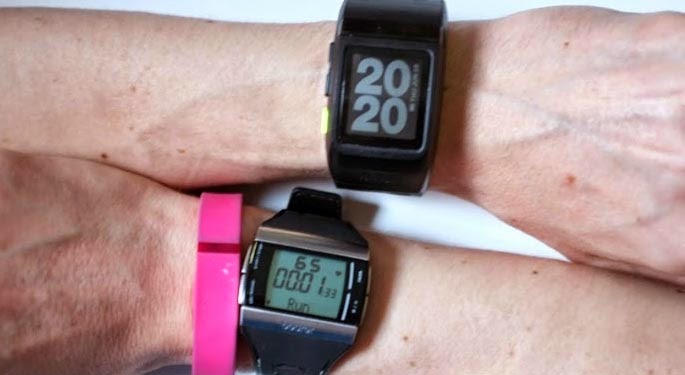LG's closest rival might be Samsung, but the Korean electronics company isn't just aping Samsung's smart watch strategy.
Instead its leaked Lifeband Touch seems to take its inspiration from the Nike FuelBand.
More details are likely to be released at CES in early January, where LG's original health band was debuted in 2013, with most interest in how the band will interact with smartphones.
It's expected the Lifeband Touch will be launched alongside the new LG G3 phone. But it will be more interesting to see how widely it supports Android devices, and even if there's a more open approach perhaps with an iOS app and/or web interface.
source: Engadget
Instead its leaked Lifeband Touch seems to take its inspiration from the Nike FuelBand.
More details are likely to be released at CES in early January, where LG's original health band was debuted in 2013, with most interest in how the band will interact with smartphones.
It's expected the Lifeband Touch will be launched alongside the new LG G3 phone. But it will be more interesting to see how widely it supports Android devices, and even if there's a more open approach perhaps with an iOS app and/or web interface.
source: Engadget







